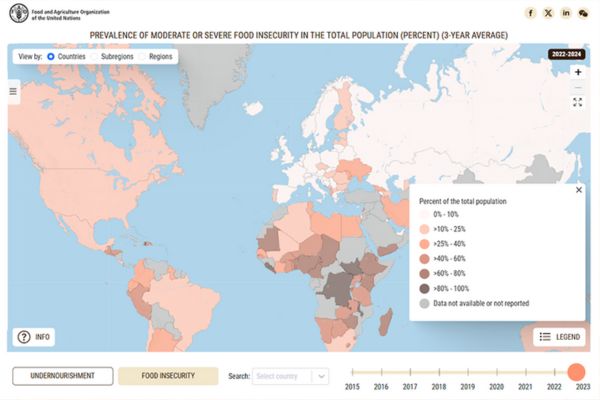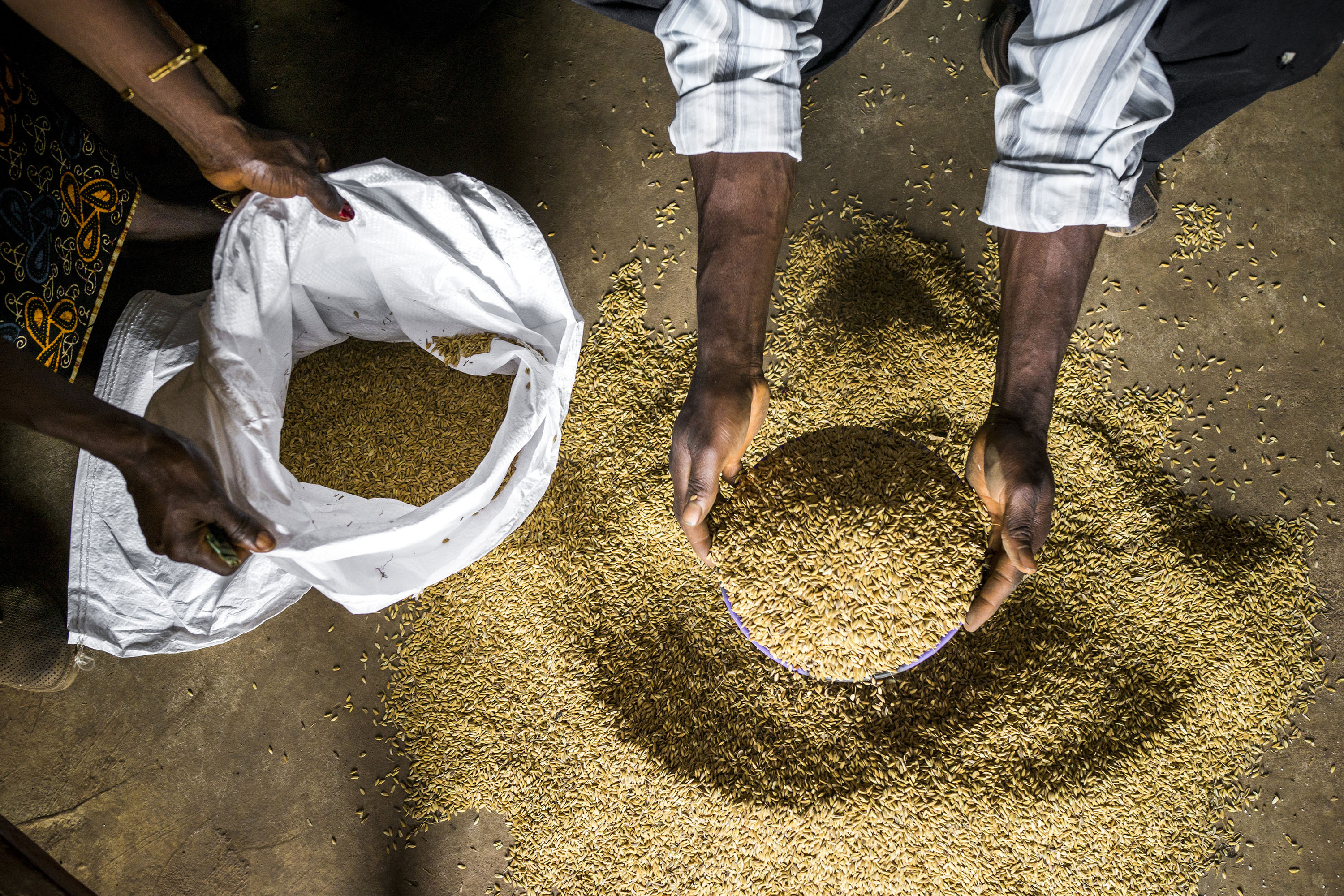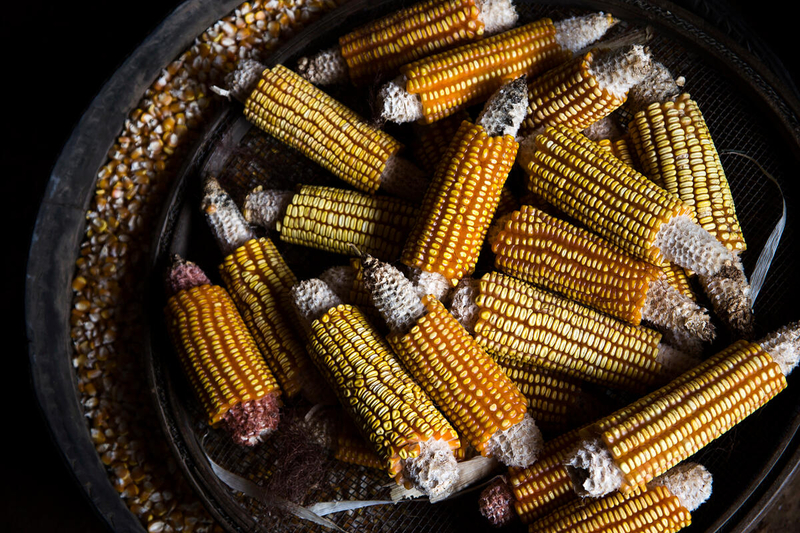
Indicator 2.1.1 - Prevalence of undernourishment
The prevalence of undernourishment (PoU) is an estimate of the proportion of the population whose habitual food consumption is insufficient to provide the dietary energy levels that are required to maintain a normal active and healthy life. It is expressed as a percentage. This indicator will measure progress towards SDG Target 2.1.
Target 2.1
By 2030, end hunger and ensure access by all people, in particular the poor and people in vulnerable situations, including infants, to safe, nutritious and sufficient food all year round.
Indicator 2.1.1: Progress Assessment
Impact
The PoU offers countries a measure to track progress made in stamping out hunger in a way consistent with the past. Together with indicator 2.1.2, this is ideal for evidence-based policymaking to ensure no one and no area is left behind and to bring the global hunger figure down to zero.
Undernourishment means that a person is not able to acquire enough food to meet the daily minimum dietary energy requirements, over a period of one year. FAO defines hunger as being synonymous with chronic undernourishment.
Key results
Updated global estimates point to some progress in decreasing world hunger in recent years. An estimated 8.2 percent of the global population may have faced hunger in 2024, down from 8.5 percent in 2023 and 8.7 percent in 2022. It is estimated that between 638 million and 720 million people faced hunger in 2024.
The differences among the regions of the world are stark. The estimated proportion of the population facing hunger in 2024 in Oceania excluding Australia and New Zealand and in sub-Saharan Africa (23.6 and 22.3 percent, respectively) was approximately twice that of Western Asia and Northern Africa (11.8 percent) and Central Asia and Southern Asia (10.7 percent) and more than four times the percentage in Latin American and the Caribbean (5.1 percent).
The regional trends also differ. The progress seen at the global level is driven by notable improvement in two regions: Central and Southern Asia, which mainly reflects evidence based on new government data from India; and Latin America and the Caribbean, reflecting significant improvement in South America.
Unfortunately, these positive trends contrast with the steady rise in hunger in Western Asia and Northern Africa, where the number of people facing hunger has nearly doubled since 2015.
Highlights
Elearning

SDG Indicator 2.1.1 - Prevalence of Undernourishment (PoU)
02/06/2023
This course focuses on SDG Indicator 2.1.1, which is one of two indicators that focus on food insecurity. The PoU is an estimate of the proportion...
Multimedia
SDG 2 – Indicators of hunger and severity of food insecurity
01/01/2019
An overview of SDG indicators 2.1.1 and 2.1.2, measuring hunger and severity of food insecurity.
Tracking progress on food and agriculture-related SDG indicators (2022)
01/09/2022
Tracking progress on food and agriculture-related SDG indicators offers detailed analyses and trends on selected indicators for which...
Capacity development
Methodology
Tier: I
Data
- 2.1.1 - SDG Indicator Global Database
- FAOSTAT - Suite of Food Security Indicators
- FAOSTAT - SDG Indicators
Related links
- About the Food Insecurity Experience Scale (FIES)
- Measuring hunger, food security and food consumption



















-jpg2.jpg?sfvrsn=e2ee17ca_1)





